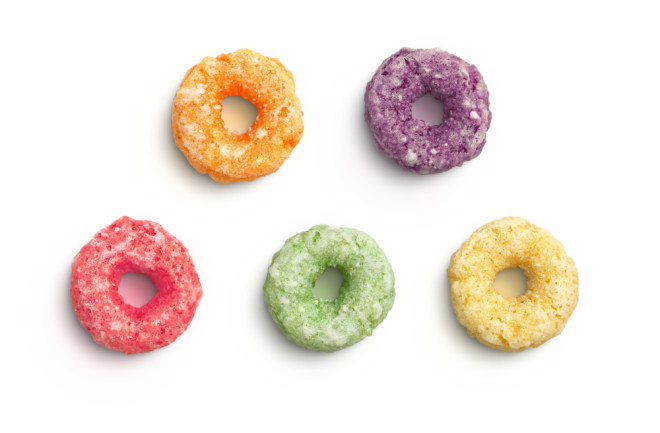If you’ve ever perused the ingredients list while grocery shopping, chances are you’ve seen the term “natural flavors” before. But have you taken a second to consider what these cryptic additives actually are?
Most of us might think that “natural flavors” are, well, naturally good for us. (A 2017 study in the journal Appetite found that when the word pops up on packaging, people perceive that the food within is indeed healthier.) In truth, natural flavors don’t differ much, at least chemically speaking, from their flavor-boosting counterparts: artificial flavors. Both can be made in a lab by trained flavorists, but artificial flavors use synthetic chemicals like petroleum to give a product a particular smell or taste.
Natural flavors come from plant or animal sources, like a fruit, vegetable, meat, fish, dairy product, herb, spice, leaf, root, bark or bud that is then processed, fermented or distilled in some way. In short, natural flavors are extracted from plants and animals to create specific flavors for processed foods.
But that doesn’t necessarily make it easier to tell what’s really in your food. Because the FDA hasn’t defined the term, companies can use it to refer to pretty much anything derived from a plant or animal. And natural flavors can also include a variety of chemical additives, such as preservatives. The FDA doesn’t require companies to disclose what additional chemicals a particular item contains. So if you want to know for certain what you’re getting with your groceries, you might want to stick to the farmer’s market.
Read More:
Can We Target Weight Loss to a Specific Part of Our Body?

